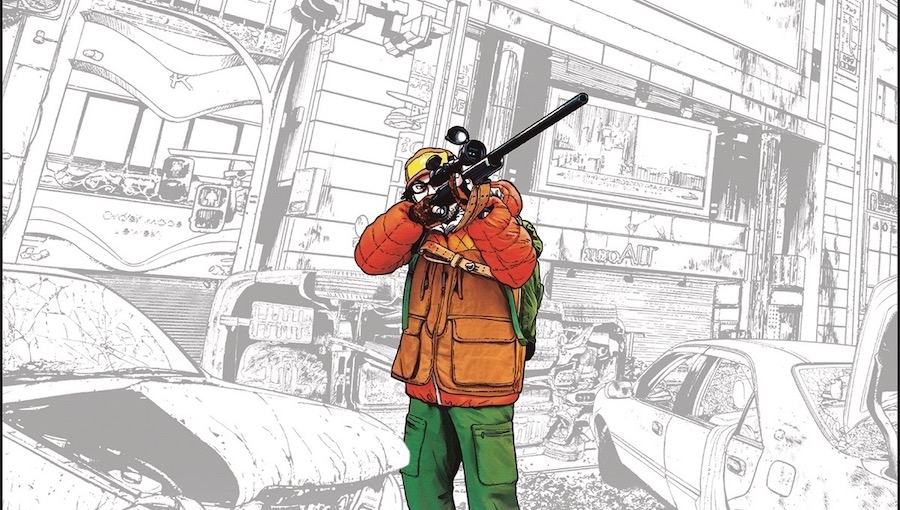There are very few things that come close to the feeling that you feel when a comic book series that you’ve been reading for several years comes to a conclusion, especially if it’s been one long, continuous story. So much has happened in Kengo Hanazawa’s I Am a Hero that I couldn’t process it all while I was reading this final Omnibus, nor immediately after. I stared wide-eyed at the pages as they scrolled past me (We read in PDFs for reviews.), wrestling with everything in the moment. I felt like a ping pong ball as Hanazawa furiously ran from one side of the table to the other. For a series that has striven to both be epic and incredibly personal, this final Omnibus succeeds on so many levels.
This has been the journey of Hideo, the sometimes hero of the title and an aspiring manga creator who suffers from a mental illness. In fact, many of the other characters presented also seem to be suffering from different mental illnesses. The specific illness is never given a name, but Hideo sees things that aren’t there – often dark and troubling things. He’s probably the last person you’d want with a gun, but in a country in which it’s basically illegal to own a gun, he has one. It’s fortunate for him, because as a ZQN (a.k.a. zombie-ish) outbreak occurs, he’s one of the few very much prepared.
As the story progressed, we’ve come to find that the “zombies” are something quite different from what we’d originally expected. We jump around Japan and follow other groups of survivors: some good, some not so good. Hideo befriends two women on his journey, Hiromi and Oda. He forms an emotional attachment with both of them. This final Omnibus effortlessly brings together all of these elements into a frenzied state of controlled chaos. This is a masterclass in visual storytelling, pacing, and blocking of events while never losing sight of the emotional resonance of everyone’s stories.
But again, it’s a lot. Finally, the past several years of storytelling and all of the emotional ups and downs that got us here swept over me, and, again, it was a lot.
In my last review, I talked about this series being about individuality versus conformity. Stripping away more layers to the barest of bones, the most simplified theme at the heart of this story is about choosing to fight rather than giving in. Hope isn’t something that drops into your lap; hope is something that you have to strive for, you have to push through all of the dark thoughts and terrible actions of those in the world around us to be able to find. You often have to fight to be hopeful.
There’s a divisive movie out right now that features a mentally ill character who chooses to not fight for that hope. He succumbs to the dark, terrible feelings around and within him, and you see who he becomes. I would never give away the end of this story, but there’s a wonderful twist of irony that hits really hard.
This is the War and Peace of zombie stories. It is a beautiful series. The images are always painstakingly breathtaking. It’s a series full of both the best and worst that humanity has to offer, but it’s full of humanity. It’s brilliant and weird, emotional and haunting, heartbreaking and hopeful. I will never forget it.
Creative Team: Kengo Hanazawa (story, art), Kumar Sivasubramanian (Translation), Philip R. Simon (English adaptation), Steve Dutro (letters)
Publisher: Dark Horse
Click here to purchase.

